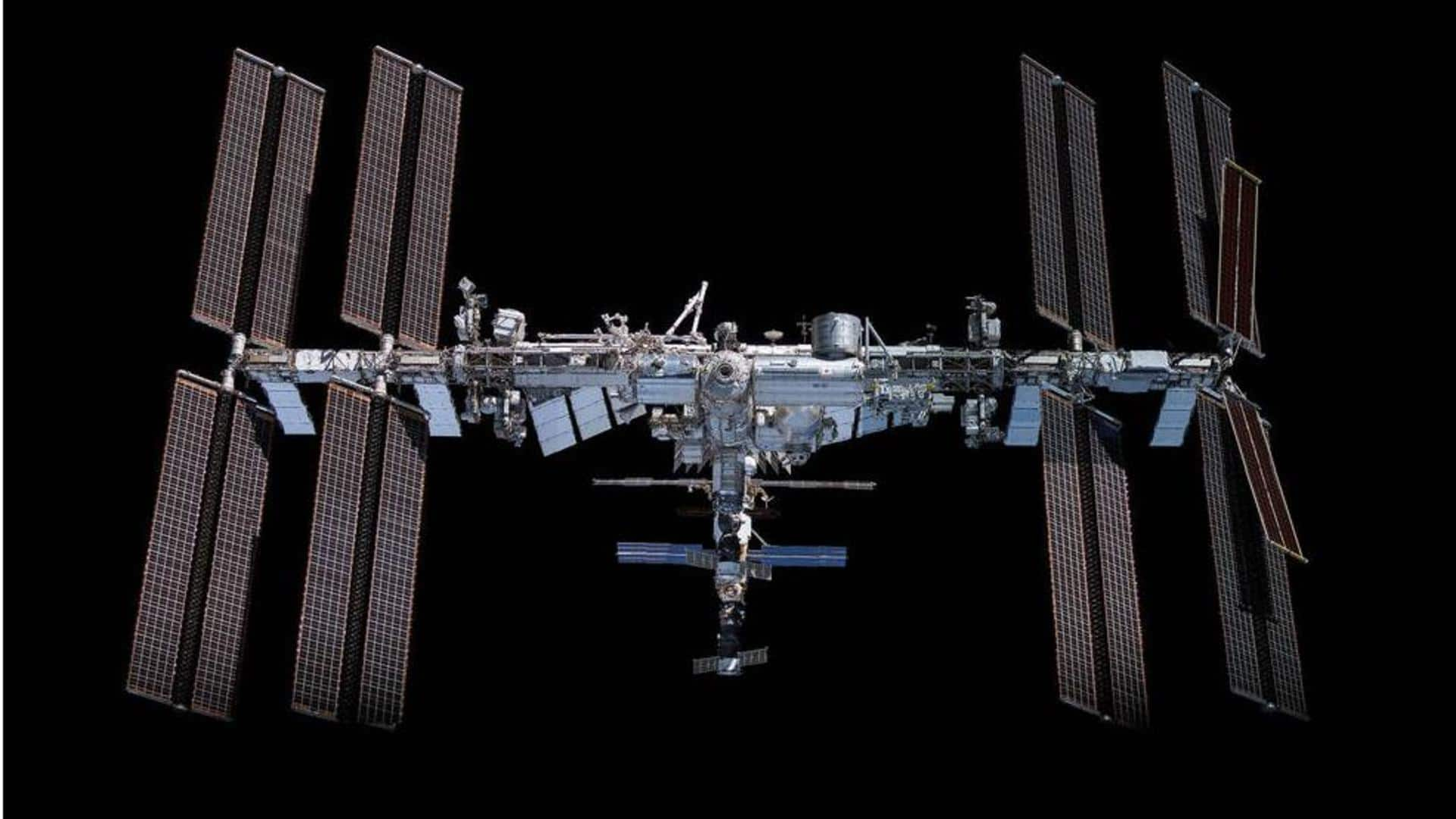
How NASA will crash ISS into Pacific Ocean in 2031
What's the story
The International Space Station (ISS) will be operational until 2030 and NASA intends to bring down the orbiting space lab in early 2031 by safely crashing it into the Pacific Ocean. For this, NASA wants to build a spacecraft that can guide the space station to controlled destruction when it reaches the end of its life. Here's how ISS' deorbiting will be done.
Context
Why does this story matter?
ISS has been in orbit since 1998 and has hosted crews since 2000. It is the result of a collaboration between five space agencies, including the Canadian Space Agency (CSA), the European Space Agency (ESA), the Japan Aerospace Exploration Agency (JAXA), and Russia's Roscosmos. Over 3,000 research investigations have taken place in its microgravity laboratory.
Reason
Primary structure of ISS comprises modules, radiators, and truss elements
The ISS is primarily made up of modules, radiators, and truss structures. The truss acts as the station's backbone, providing physical support for the solar arrays, radiators, and modules. The modules provide pressurized volume for the microgravity experiments, a habitable area for the onboard astronauts, and ports for visiting spacecraft to dock and undock. The solar arrays and radiators aid in power generation.
Sequence
How will the ISS be broken up?
The ISS is expected to be broken up into a sequence of three events, beginning with the solar array and radiator separation, followed by the intact modules and the truss segment, and finally individual module fragmentation. Most of the station hardware is expected to burn up or vaporize due to the intense heating that would occur during atmospheric re-entry.
Place
Where will the ISS be crashed?
Denser parts and heat-resistant components like truss sections, which are expected to survive re-entry, will splash down within the South Pacific Oceanic Uninhabited Area (SPOUA). It is an area around Point Nemo, a point in the ocean that's furthest from land. Several spacecraft have been disposed of there and given its remoteness, it ensures that the surviving debris does not harm the surrounding land.
Reason
Why is the ISS being decommissioned in the first place?
The lifetime of the ISS is governed by the primary structure, which is affected by dynamic loadings such as vehicle dockings and undockings and orbiting thermal recycling. Other systems, including power, environmental control, life support, and communications, are all repairable or replaceable in orbit. Each member of the ISS is responsible for performing life extension analyses for its own modules and structures.
Process
How will the ISS be brought down?
The mission controllers will begin scheduling retrograde maneuvers, which will gradually lower the operational altitude of the ISS. These maneuvers could start at different times depending on solar cycle activity and its effect on Earth's atmosphere. Higher solar activity is likely to expand the Earth's atmosphere and increase resistance to the ISS' velocity, which would cause more drag and natural altitude loss.
Process
The de-orbit maneuvers would be performed using ISS' propulsion capabilities
"Eventually, after performing maneuvers to line up the final target ground track and debris footprint over SPOUA, ISS operators will perform the ISS re-entry burn, providing the final push to lower ISS as much as possible and ensure safe atmospheric entry," explained NASA in an update. The de-orbit maneuvers would be performed using ISS' propulsion capabilities and visiting spacecraft.
Deorbit
The current deorbiting plan relies on Russia's Progress vehicles
The current plan for deorbiting the space station relies on the Progress cargo vehicles, which are provided by Russia As part of the 2024 federal budget request that has recently been released, out of the $27.2 billion allocation for NASA, $180 million has been set aside "to initiate the development of a new space tug" for the deorbiting operations of the ISS.